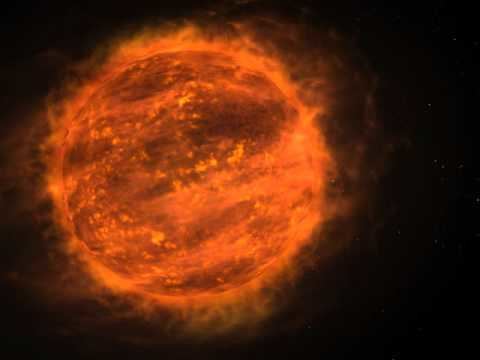Magnitude 15.13 Apparent magnitude (V) 15.13 | Constellation Aries | |
 | ||
Similar DX Cancri, Struve 2398, YZ Ceti, SCR 1845‑6357, DEN 1048−3956 | ||
Teegarden s star the nearby forgotten star
Teegarden's Star (SO J025300.5+165258, 2MASS J02530084+1652532, LSPM J0253+1652) is an M-type red dwarf in the constellation Aries, located about 12 light years from the Solar System. Despite its proximity to Earth it is a dim magnitude 15 and can only be seen through large telescopes. This star was found to have a very large proper motion of about 5 arcseconds per year. Only seven stars with such large proper motions are currently known.
Contents
Discovery
Teegarden's Star was discovered in 2003 using asteroid tracking data that had been collected years earlier. This data set is a digital archive created from optical images taken over a 5-year period by the Near Earth Asteroid Tracking (NEAT) program using two 1-m telescopes located on Maui. The star is named after the discovery team leader, Bonnard J. Teegarden, an astrophysicist at NASA's Goddard Space Flight Center.
Astronomers have long thought it was quite likely that many undiscovered dwarf stars exist within 20 light years of Earth, because stellar-population surveys show the count of known nearby dwarf stars to be lower than otherwise expected and these stars are dim and easily overlooked. Teegarden's team thought that these dim stars might be found by data mining some of the huge optical sky survey data sets taken by various programs for other purposes in previous years. So they reexamined the NEAT asteroid tracking data set and found this star. The star was then located on photographic plates from the Palomar Sky Survey taken in 1951. This discovery is significant as the team did not have direct access to any telescopes and did not include professional astronomers at the time of the discovery.
Properties
Teegarden's Star is identified as a red dwarf, but with a mass of 0.08 times that of the Sun it is just above the upper limit of objects classified as brown dwarfs. The inherent low temperatures of such objects explain why it was not discovered earlier, since it has an apparent magnitude of only 15.1 (and an absolute magnitude of 17.22). Like most red and brown dwarfs it emits most of its energy in the infrared spectrum.
The parallax was initially measured as 0.43 ± 0.13 arcseconds. This would have placed its distance at only 7.50 light years, making Teegarden's Star only the third star system in order of distance from the Sun, ranking between Barnard's Star and Wolf 359. However, even at that time the anomalously low luminosity (the absolute magnitude would have been 18.5) and high uncertainty in the parallax suggested that it was in fact somewhat farther away, still one of the Sun's nearest neighbors but not nearly as high in the ranking in order of distance. A more accurate parallax measurement of 0.2593 arcseconds was made by George Gatewood in 2009, yielding the now accepted distance of 12.578 light years.
Planet searches
Radial velocity measurements have been made by the ROPS survey on two nights in November 2010. The results showed some variation, with increasing radial velocities on the first night and decreasing velocities on the second night, though there is insufficient data to make claims of planet detection.
